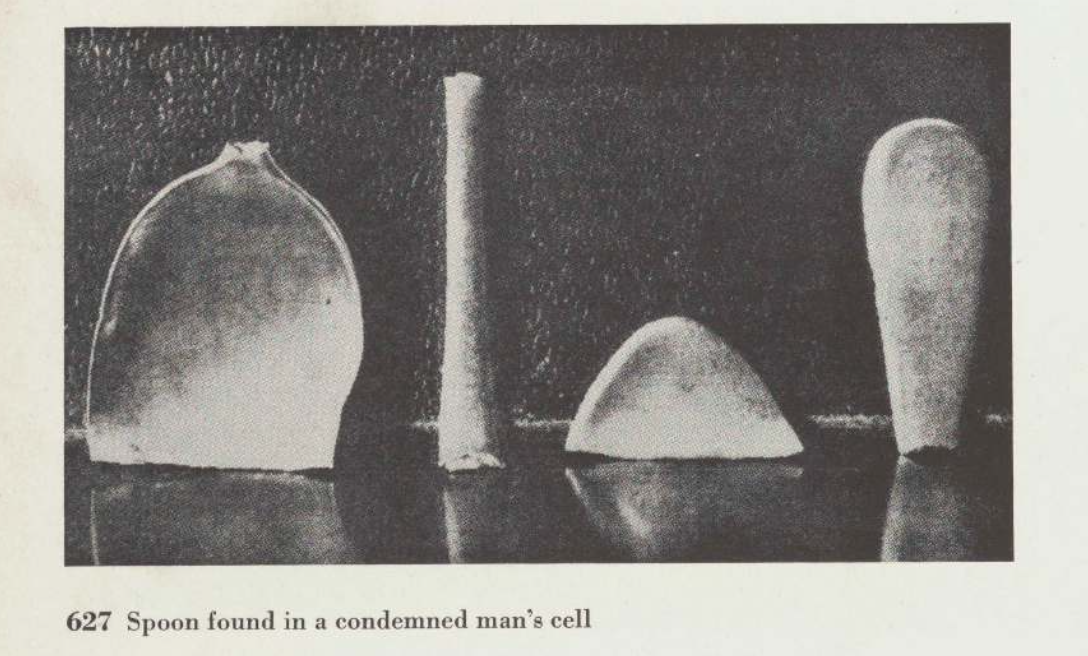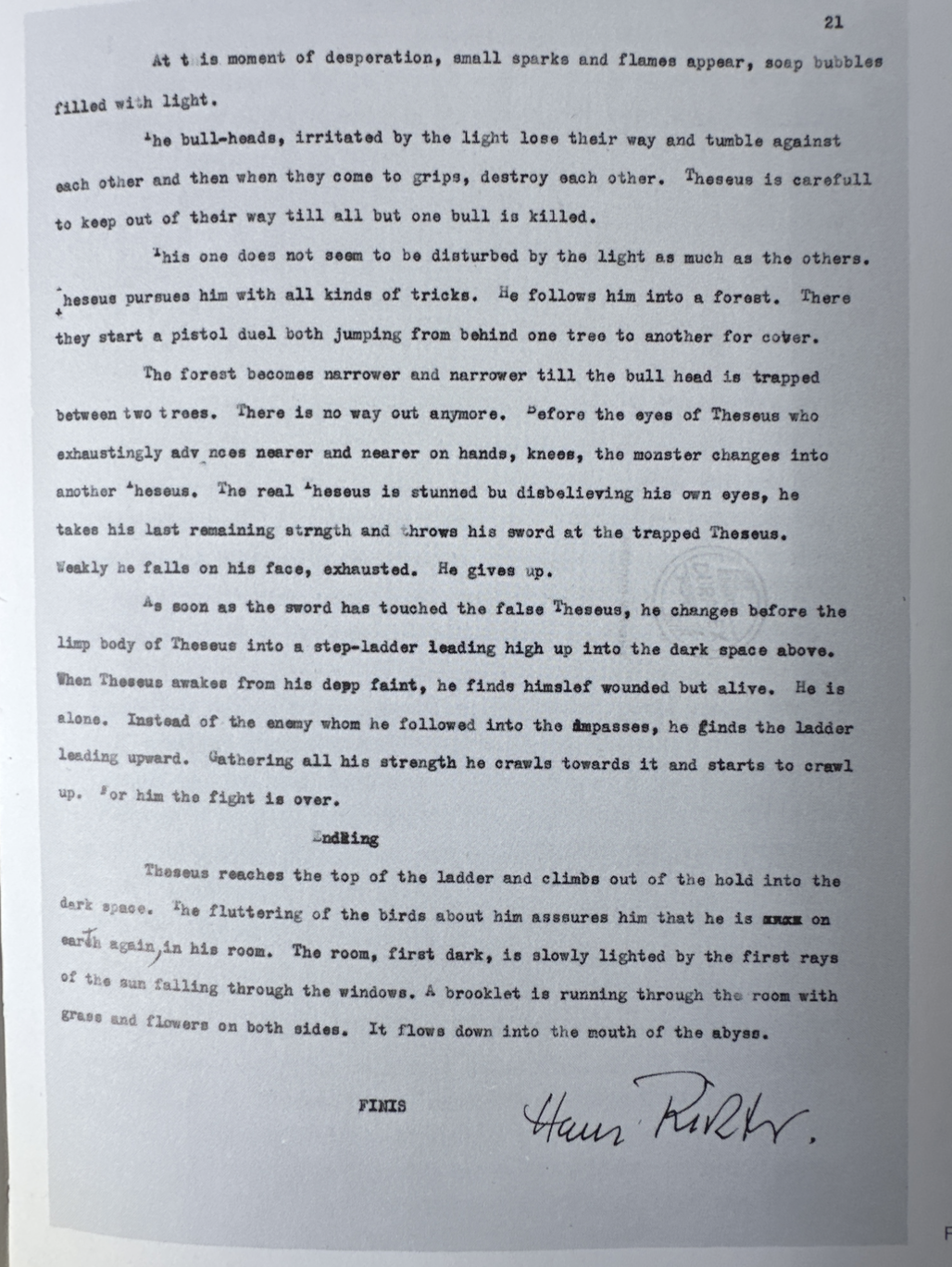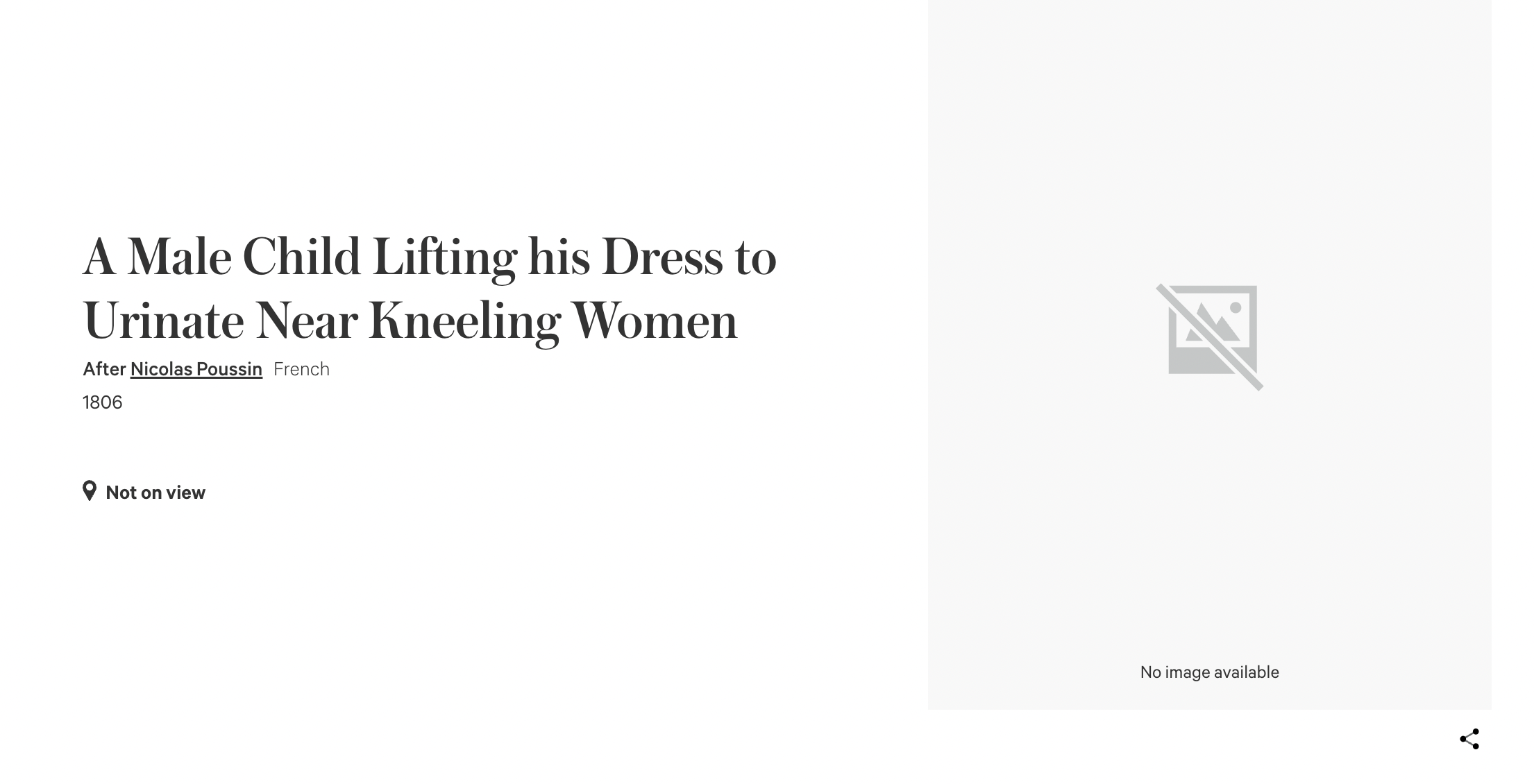Yeah, you wanted the time.
But maybe I can't do time.
Shit, we both know that's an awful line,
but it doesn't make it wrong.
— LCD Soundsystem
DADASCOPE
A
Dadascope was leather. I mean nobody agreed it on its meaning.
HANS RICHTER
Whether or not they understood the content or the meaning of Dadascope, that's a different story. . . What the artist does and what the public takes from what he does is always a different story. Not just in the instant that the story is told, but also in the way the story is read fifty years later.
A
Fifty years. Is that the windspan, the wingspam, the spamwidth?
RICHTER
There is no story, there is no psychological implication except what the spectator puts in the images, but it is not purely accidental but rather a poetry of images built with and on associations (Nothing's ever tough enough. . . until we hit the road) the film takes the liberty of playing on the scale of possibilities of the cinema, freedom for which Dadaism always bet and to which it continues to give medium.
(the reader imagines touching his lovely scalp)
Dadascope is not conceived of at all as chaos, but as freewheeling poetry; and, as such it is in my opinion the best film-making I have done. But the poetry is so free that in several instances the sensations or analogies cannot be established at all. It is just as much chance which directs the flow of images as I do. But the fact remains that it is my chance, that it is my own borderline— the line where chance and conscious or creative direction cross or parallel each other. It's my chance because I realize it as chance. Another might not even realize it, or look at it, or feel or hear it.
LCD
No dirty bus and early flight. No seven days and forty nights.
ORTIZ MORALES
Dadascope is “a multilingual collection of Dada poetry, sound poems, and prose, along with Richter's choice of images and sounds typical of the Dada movement (objects and sculpture, especially by Man Ray; paintings, theater, performances and even chess games)” intended to “generate a new filmic style” that Richter called CINEMATIC POETRY and which he defined as “externalized internal events” for which the essential poetic element is “montage that creates metaphors.”
A
[Note to self, quote Morales on ‘the essential poetic element is montage that creates metaphors.’ See if constellates.]
MINOTAUR
RICHTER
In 1953/54, I wrote a scenario for Minotaur, a film I never made, but it is a major work as far as I am concerned. It is autobio-graphical. When I met Fellini for the first time, he told me, “Everything an artist does is autobiographical.” And that is right, to a greater or lesser degree. And Theseus in my Minotaur is to a greater degree.
The scenario started really from the same desire as the last episode of Dreams: the Labyrinth as an expression of the unforeseen ways in life you had to take, unforeseen obstacles you had to overcome. One goes through life worrying, but not so much that it inhibits action, one just goes forward. This going forward, trying out the right way, a life pattern, that is what I wanted to express in this film. It is the story of a man who is Everyman, but who becomes a hero when he does not suppress the voice of the innocents calling him for help. That's the essence. And in telling the story, I remember as a boy protecting the weak ones in school, and it is, in retrospect, also connected with the Hitler times, this incredible feeling of loneliness but still being forced to do something for one's co-human beings and not being able to do anything. This induced me to write the story.... You can't tell stories without telling stories you have lived through.
I should have made this film. That I couldn't do it is just one of those paradoxical, inhuman things that happen.
Final page of Hans Richter's film script for Minotaur, 1953
RICHTER:
Variations of ∞ the 8:
The infinite line returning to its origins (or returning into its origins?)
The labyrinth of my film script Minotaur
Where entrance and exit meet has kept me fascinated for the last twenty years in films and painting.
. . .
“The original source of this realization was a curious German DVD from the 90's with no information about the editor, publisher or the place of edition…”
OBJECT X
Object X is “a compilation of Dadaist poems and texts declaimed by their own authors and made by Hans Richter in 1957 and premiered in 1961. Participating Jean Arp, Marcel Duchamp, Raoul Haussmann, Richard Huelsenbeck, Marcel Janco, Georges Ribemont-Dessaignes,Walter Mehrig, Hans Richter, Kurt Schwitters (on a 1932 recording), Tristan Tzara, and Wladimir Vogel. Also included is a posthumous participation by Theo van Doesburg, recited by his widow Nelly.”
“since he held that sleep was simply a succession of fainting-fits brought on by semi-asphyxiation due to (a).”
*
Flann O'Brien (Brian O'Nolan), Chapter VIII, Footnote 1, from The Third Policeman
Hans Richter, Dadascope (1961)
LCD Soundsystem, “You Wanted a Hit” (Live at Austin City Limits)
LCD Soundsystem, “You Wanted a Hit” (This Is Happening, 2010)
Ortiz Morales, “Music for Audiovisuals” (Superior Conservatory of Music of Malaga, 2006-2007)










